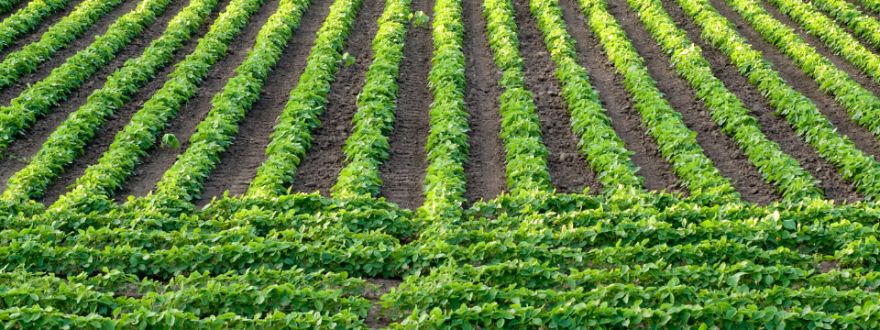
In a world where the whims of weather can make or break the hard work of farmers, crop insurance emerges as a beacon of security in an otherwise unpredictable industry. It's not just a policy; it's a lifeline for those whose livelihoods are sown in soil. Today, we delve deep into the roots of crop insurance, exploring its essentials and how it stands as a guardian against the uncertainties of nature.
What is Crop Insurance?
Crop insurance is a type of insurance specifically designed for agricultural producers, primarily farmers and ranchers. Its main purpose is to protect against either the loss of their crops due to natural disasters like floods, drought, and hail, or the loss of revenue due to drops in the prices of agricultural commodities.
There are two primary types of crop insurance: crop-yield insurance, which covers excessive losses to harvested crops, and crop-revenue insurance, which covers a shortfall in expected revenue from crop production.
How Does Crop Insurance Work?
To obtain crop insurance, a farmer first selects a policy that matches their risk needs. This might be based on crop yield, with coverage for when yields fall below a guaranteed level, or revenue-based, where coverage triggers if market prices fall or crop yields are low. The premium for this insurance is partially subsidized by the government, making it more affordable. When a loss occurs, the farmer files a claim, and if the claim is validated, the insurance is paid based on the level of coverage purchased and the extent of the loss.
Are Crop Insurance Proceeds Taxable?
Generally, proceeds from crop insurance and disaster relief payments are considered taxable income. However, farmers may be able to defer the tax if they use the proceeds to buy replacement property or restore damaged property. The specific tax rules can be complex, and it is often advisable for farmers to consult a tax professional to understand how these rules apply to their individual situation.
What Does Crop Insurance Cover?
Crop insurance typically covers a wide range of crops and perils. Commonly covered crops include corn, soybeans, wheat, cotton, and rice, but many others can be insured as well. The range of perils covered often includes:
-
Drought
-
Flood
-
Hail
-
Wind damage
-
Insect infestation and disease
The specifics of what is covered can vary based on the policy and geographic location.
Securing Your Tomorrow
Remember that crop insurance is more than just a financial product; it's a testament to resilience and foresight in the face of nature's unpredictability. For the modern farmer, it's not just about planting seeds, but about ensuring that those seeds have the chance to flourish, come rain or shine. In embracing crop insurance, farmers aren’t just protecting crops; they’re safeguarding a way of life. So, here’s to growing with confidence, under the protective umbrella of crop insurance!
